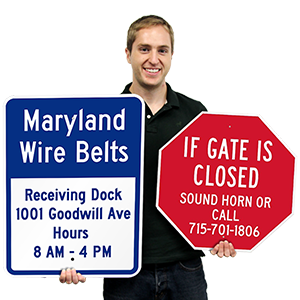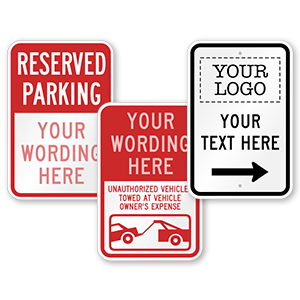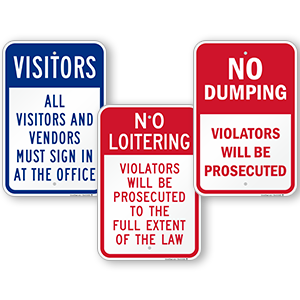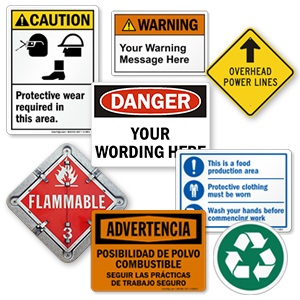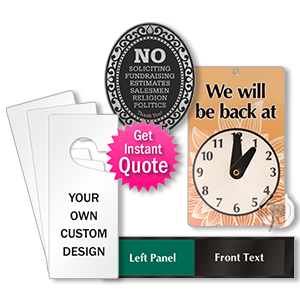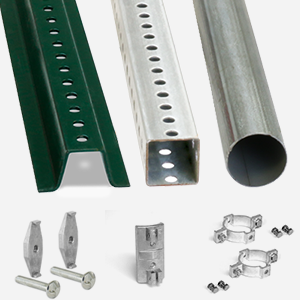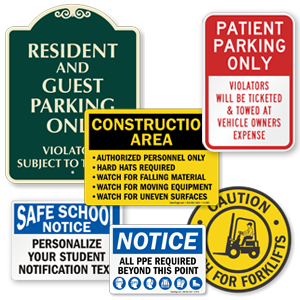How to Control Job Hazards
Michael used to work in a factory which involved working with moving equipment. He was, in general, aware of the perils that were involved at his work place. In a carefree spur of moment, an unfortunate accident took place where his hands got caught in the moving machinery. Regret was the word he was left with when his right arm was amputated. Most likely his chances of avoiding the accident would have been minimal if an informative warning sign was placed in proximity, reminding him right on time. While at work there are a large number of risks involved; if suitable actions are not taken, they result into major accidents and even deaths.
Major risks involved are at work:
- Falls.
- Electrical hazards.
- Overhead power line contact.
- Working around moving equipment.
- Trench collapse.
- Use of power tools.
- Working with toxic materials.
- Working in confined spaces.
Safety problems that can be found in a workplace are many. For analyzing safety problems certain methods can be used. One of them can be by examining the records for accidents and investigating about complaints from workers about the machinery. These figures will help to find about the safety problems your organization is suffering. Information obtained about safety problems is useless if proper job hazards measures are not adopted. After analyzing the safety problems, control methods should be studied carefully to eliminate or reduce the hazards.
Variety of methods can be used to control workplace hazards. The main aim of controlling hazards is to safeguard workers from exposure to occupational hazards. The best way of controlling hazards is to minimize the danger at its source and making the work process less dangerous. Some methods are efficient than others but a combination of few methods can make work environment safe to work.
Some methods that can control hazards at workplace are-
Through administering precautionary design and engineering controls
- Designing of the facility, equipment or process to lessen the hazard.
- Includes physically changing a machine or work environment.
- Use of machine guards, blast shields.
- Exercise exhaust ventilation, enclosure for noisy equipment.
Implementing strategies of management and monitoring
- Training.
- Job rotation.
- Alarms, signs and warning.
- Engraved operating procedures.
- Keeping a watch on the use of highly hazardous materials.
- Frequent review and monitoring.
Adequate use of Personal Protective Equipment – PPE, such as respirators, hearing protection, protective clothing, safety glasses and hardhats should be worn as control method.
To provide safer work environment employers should be specific in providing recommendations to the employees. Emphasis should be laid on communicating with diligence and detail. Best way to do is to apply sign boards at appropriate places. Apart from the general safety signs, specific workplace safety signs must to be added. For example, a “Danger: Electrical Hazard Keep Out” Sign is much more effective than an ambiguous “Danger” Sign. Such detailed guidance will make the worker much more cautious of upcoming hazard. It will help employees know what to look for and ways to increase their safety.

